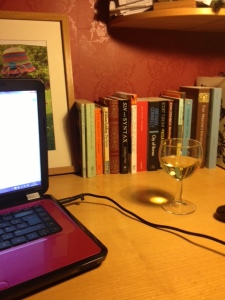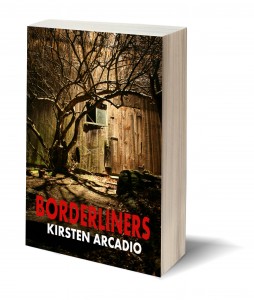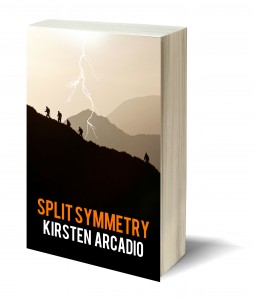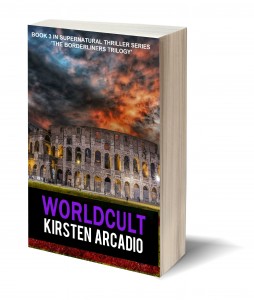 Are you a ‘dirty drafter’ or a detailed planner?
Are you a ‘dirty drafter’ or a detailed planner?
I’ve decided I’m the former even though I would dearly love to be the latter. Given the plot driven nature of my stories, I really should be a planner, but I kind of wing it a bit.
Why? Well, the answer is simple. I love the feeling that the manuscript is becoming something more than you planned. It’s almost like giving birth, albeit a lot less painful (physically, at least). You imagine what you might be making/have made, but it ends up an entity of its own. When characters become that little bit darker than you wanted, or you wake up in the middle of the night and realise they have to do something completely unexpected. That’s the feeling I’m after.
#Nanowrimo
So as the countdown to National Novel Writing Month begins – now T-9 to lift off (or write off) – I’m reminded of why I like to bash down as many words as possible in the first instance. Just as the author of this article about drafting suggests, the more you write, the more you want to find out what happens next.
Compass
Of course, I’ll never go back to the dark days of no planning whatsoever. I’ve learned over the course of the last three years and two manuscripts, that you need a compass. Stephen King calls it his ‘what if?’ question, which is, as I understand it, a kind of ‘mashup’ of two or three ideas or events which make an entirely new entity you can use to kick off your novel concept. Faber Academy and other creative writing courses like to you get an elevator pitch down before you start – theory goes, if you can’t get the basic concept into one of these 25 word pitches, it won’t fly. This is probably true, by the way. But great long reams of planning charts and characterisation cards? No, this is not for me.





I am not quite sure what kind of drafter I am. I usually start with a table of contents, the major headings of which are the elements of the “plot triangle”. I list out Exposition, Rising Action, Climax, etc. and then l put down all of the events of the story and where they fall. Mind you this table is not set in stone and can change as the characters and story develop, the table is just a nice way for me to organize my ideas. Great post!
I find rising action and climax easier to do than the bit at the beginning which I seem to end up doing 100 times over after I’ve finished the first draft!